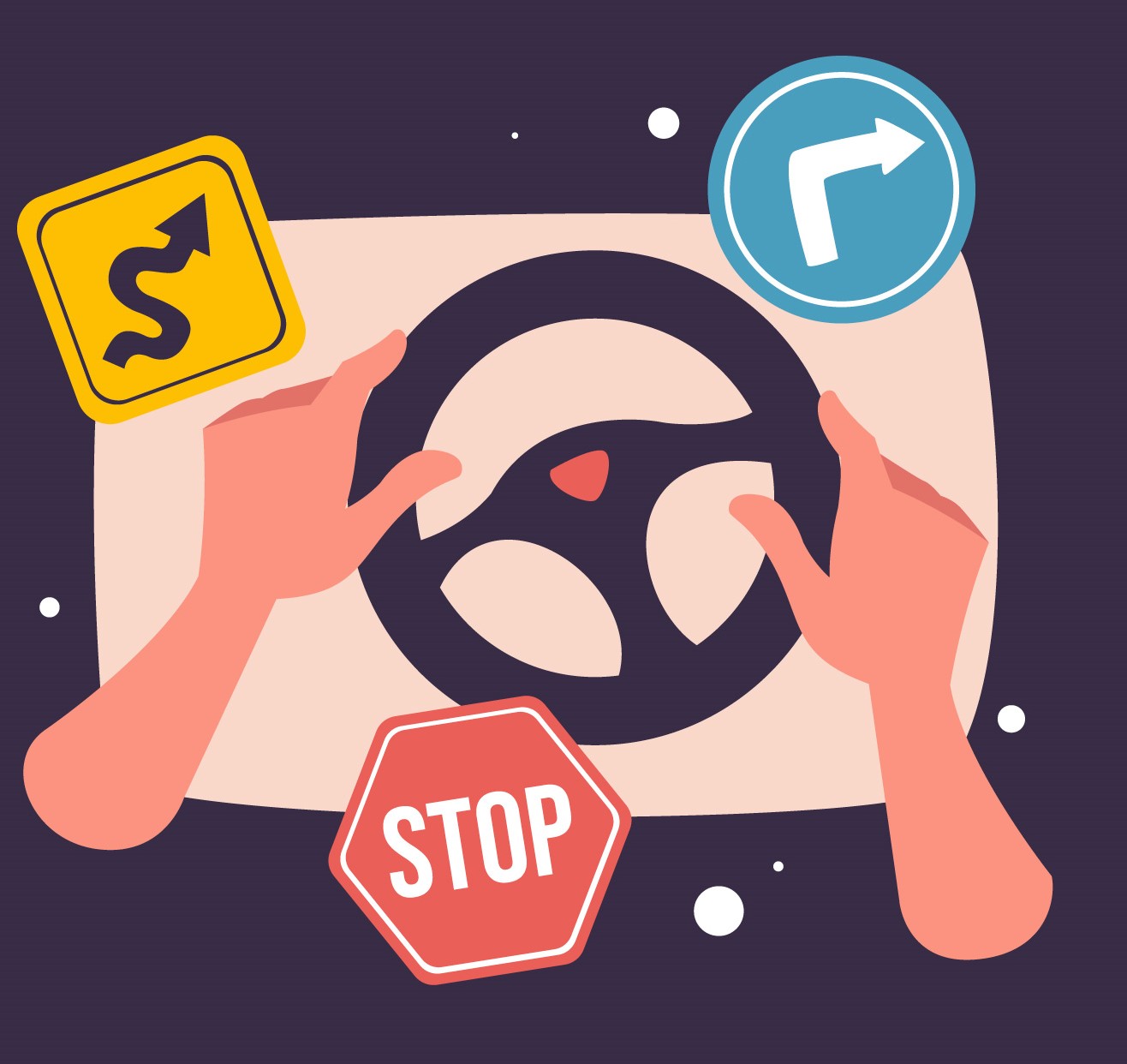The Ideal Season for Success on Your Driver’s Test
Introduction: Timing can play a surprisingly important role in passing your driver’s test. While practice and skill are vital, external factors like weather conditions, road visibility, and traffic patterns can greatly influence the experience. Choosing the right season can help reduce stress and make the testing process smoother. Here’s a breakdown of each season and how it can impact your driving test experience.
Spring and Fall Advantage: Spring and fall are often considered the most favorable seasons for taking a driver’s test. During these months, the weather is usually mild, providing comfortable conditions with fewer weather-related disruptions. Visibility is often better than in winter months, and there’s less chance of sudden storms, icy patches, or foggy mornings that could make driving more stressful. In addition, these seasons often see lighter traffic, especially after the start of school, making it easier to navigate roads with minimal interference. The temperate weather and reduced traffic during spring and fall create an ideal environment for test-takers to focus on driving without added distraction
Summer Caution: Summer can be a suitable time for a driving test, but it has its drawbacks. Many people are on the roads due to vacations and family trips, leading to heavier traffic, especially in popular destinations and around holiday weekends. However, if summer is the only option, consider scheduling your test early in the morning. This will help you avoid midday heat and traffic buildup, giving you a calmer, less crowded environment. Additionally, morning tests are preferable because the examiner and test center staff are usually fresh and attentive, which can contribute to a smoother experience.
Winter Concerns: Winter is typically the most challenging season for a driving test, particularly in regions that experience snow, ice, or freezing rain. These conditions can make roads slippery, reduce visibility, and create unexpected hazards, all of which add to the complexity of the test. If winter is unavoidable, make sure to practice in similar conditions and gain confidence driving on icy or snow-covered roads. Additionally, check with your testing center for their weather policies, as some centers may reschedule tests during severe weather to ensure safety.
Call-to-Action: “Wondering what time of day is best for your driver’s test? Click ahead to discover tips on choosing the ideal time!”
Daytime Strategy: Picking the Right Time for Your Driver’s Test
Choosing the right time of day for your driver’s test can be as important as selecting the right season. When scheduling your test, consider factors like traffic, the examiner’s energy levels, and your own alertness to ensure the best possible experience. Here’s a guide to help you pick the ideal time of day to maximize your chances of success.
Early Morning Benefits: One of the best times to take your driver’s test is early in the morning, typically between 8 and 10 AM. During this window, the morning rush has usually subsided, and roads tend to be quieter. Additionally, early morning offers the advantage of a fresh start for both you and the test administrator, who is likely to be more attentive and relaxed at the beginning of the day. With lighter traffic and fewer distractions, early morning appointments can create a calmer, more focused environment for your test.
Late Morning and Early Afternoon Tips: If early morning isn’t an option, consider scheduling your test in the late morning or early afternoon. Around 10 AM to 2 PM, traffic generally remains manageable in most areas. By this time, the morning rush has passed, and it’s still well before the afternoon rush hour. However, keep in mind that both you and the examiner may start feeling the effects of the day by this time, so stay hydrated, well-rested, and ready to focus.
Avoiding Rush Hours: Rush hours—typically from 7 to 9 AM and from 4 to 6 PM—can make driving more stressful and challenging. Roads are busier, with more commuters and potential congestion, adding pressure that can impact your confidence and ability to perform well. Additionally, navigating through heavy traffic during a test could mean encountering more complex driving situations, which may increase the difficulty of passing. Avoiding rush hours can reduce unnecessary stress and allow you to concentrate fully on each aspect of the test.
Consider Your Own Routine: Above all, choose a time of day when you feel most alert and focused. Each person has their own internal clock; some perform better in the morning, while others are more attentive in the afternoon. When you’re at your natural peak energy, you’re more likely to stay calm, make quick decisions, and feel in control—qualities that are essential for a successful driving test.
Call-to-Action: “Want to know how to prepare for the big day itself? Head to our final page for essential tips on getting ready for your driver’s test!”
Prep Tips for a Successful Driver’s Test Day
Preparing for your driver’s test is about more than knowing how to drive; it’s about feeling calm, focused, and ready. To help you perform your best, here are some essential tips for test day preparation, from sleep and nutrition to calming your nerves before you hit the road.
Get a Good Night’s Sleep: A restful night before your test can make all the difference. Sleep is vital for focus, memory, and overall calmness, all of which you’ll need to demonstrate your driving skills. Aim for at least 7-8 hours to ensure you wake up refreshed and ready to take on the challenge.
Eat a Light, Healthy Breakfast: Start your day with a balanced breakfast to fuel your body and mind. A light, nutritious meal helps you stay energized and prevents hunger-related distractions during the test. Choose options like whole grains, fruits, and protein-rich foods to keep you focused and alert.
Practice the Test Route: If possible, practice on roads similar to your test route, especially if your testing center is known for specific challenges such as parallel parking, roundabouts, or hill starts. Familiarizing yourself with similar driving scenarios can boost your confidence and prepare you for any tricky spots you may encounter.
Double-Check Your Documents: Nothing adds last-minute stress like missing documents. The night before, confirm that all required documents—such as your learner’s permit, identification, and any paperwork provided by the driving school—are packed and ready. Double-checking ensures a smoother start to your test day.
Stay Calm and Breathe: Nerves are normal, but managing them can make a big difference in your performance. Practice deep breathing exercises before your test to calm your mind and center yourself. Even a few moments of focused breathing can reduce anxiety, helping you feel more in control.
Conclusion: By taking care of your physical and mental preparation, you set yourself up for a more confident and relaxed driving test experience. Remember, the right timing, preparation, and self-care all contribute to a successful result.
Call-to-Action: “Good luck on your test day! You’ve got this!”
According to data from the Driver and Vehicle Standards Agency (DVSA), the pass rates for driving tests can vary depending on the day of the week. While specific statistics for each day are not detailed in the available sources, it’s plausible that certain days, such as Mondays, may have higher pass rates.
Several factors could contribute to this variation:
- Examiner Freshness: Examiners returning from a weekend break may be more rested and attentive, potentially leading to a more favorable testing environment.
- Candidate Preparedness: Candidates might schedule tests on Mondays after a weekend of practice, feeling more prepared and confident.
- Traffic Conditions: Traffic patterns can differ throughout the week. Mondays might experience lighter traffic in some areas, reducing the likelihood of encountering complex driving situations during the test.
It’s important to note that while these factors can influence pass rates, the primary determinant of success remains the candidate’s preparedness and driving ability. Therefore, while choosing a test day with historically higher pass rates might be beneficial, thorough preparation and practice are essential for passing the driving test.


